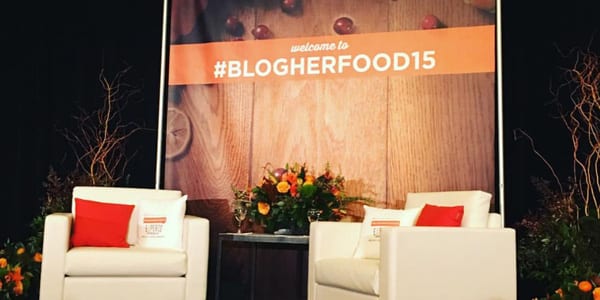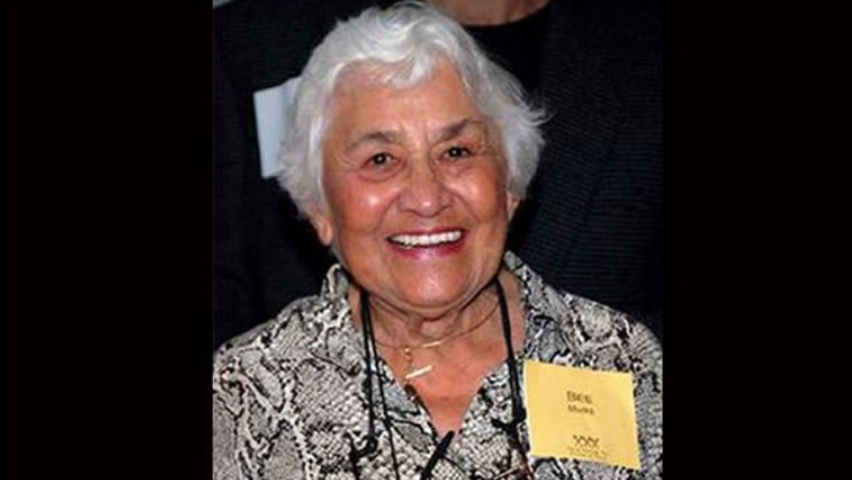 Last weekend, I attended the seventh annual BlogHer Food Conference in Chicago, which hosted over 600 attendees including bloggers and brands.
Last weekend, I attended the seventh annual BlogHer Food Conference in Chicago, which hosted over 600 attendees including bloggers and brands.
BlogHer (bought by SheKnows Media in 2014), began as a conference in 2005 bringing together US women engaging on social media to create a sense of community. Today, it is the world’s largest conference for women content creators. This year, BlogHer took place in July in New York City, but since food is one of the most popular topics, the group hosts a separate food conference every year.
Social media, unsurprisingly, was a huge focus. At one influencer round table discussion, four popular food bloggers provided a glimpse into what I’m calling my five key takeaways for brands to maximize the benefits of powerful influencers (click to tweet).
1. The key to working with a blogger is all-around trust.
Today, bloggers/influencers/content creators are the most trusted voice among consumers and have the most impact on the purchasing decisions of millenials, Gen-Z and women 35+.
Bloggers did not start out wanting to be influencers—many simply wanted to share their passion and recipes with family and friends. They’ve built their readership based on trust and authenticity. Their readers are their personal friends, and that’s how they engage with them.
2. One-offs with a blogger are not the best use of brand dollars.
Consumers want to see trial, usage and personal experience, not just a blind endorsement. Longer-term relationships are a much better use of marketing dollars. Bloggers can ease their viewers into using the product, the brand builds trust among the blogger’s audience, and the blogger has time to create authentic, high-quality content.
3. Quality still trumps quantity.
It’s far more important to ensure content is authentic to the blogger delivering it than to produce volumes of content. A higher number of influencers doesn’t equate to more reach. Utilizing fewer bloggers over a longer period of time will build trust around the product. Campaign success is based on total brand engagement, not on the number of influencers.
4. Impressions are not the best way to measure success.
We all know that brands want to see numbers, and sometimes it’s hard to avoid the question, “How many impressions?” However, the more meaningful numbers we need to steer clients toward are engagement; how many likes, shares, time spent watching, etc. These are the types of metrics that really explain if a brand message is breaking through.
5. Marketers should always build in social engagement for further promotion.
Sales are increasingly coming from social media platforms. 75% of women who use social media and read blogs now follow influencers via their social platforms. Here’s a breakdown of where women are engaging most by social network and have the most impact on purchase intent:
- 58% YouTube
- 52% Facebook
- 50% Pinterest
- 46% Instagram
- 40% Twitter
- 36% Blog
And don’t forget that bloggers are turning to new social media platforms to reach younger readers, such as SnapChat, which is great for “behind the scenes” content.
Bloggers and social media influencers have forever changed the way we market and advertise. As marketers in a digital age, we want things done as quickly as possible, but it’s still as critical as ever to spend time building and investing in long-term relationships.


